Tossa de mar – more than just beach holidays
After attending TBEX conference in Girona in September 2012, the day after visiting Nuria Valley in the Pyrenees, I took Surf and Turf trip around the coast of Costa Brava for the next 3 days.
On the first day we met at 8.30 am in Girona and the bus took us to Tossa de mar. I have to say I was not the only one who slept on the bus on the way there :) But I was really looking forward to visiting Tossa as during a few visits of Costa Brava in the past, I never made it there and only heard beautiful things about this coastal town.
Anna Maria Colomé, our guide, was waiting for us once we got to Tossa. Tossa de mar is a small town with around 6,000 inhabitants that reaches around 50,000 with the tourists in summer.
History in Tossa
If this is not the first time you are reading my blog, then you know I freaking love archaeology and all the ruins so visiting an old Roman villa from the 1st century BC was a real experience for me.
The guide showed us around the remains of the Roman villa of the Ametllers that was destroyed in the 6th century AD. At the entrance to the ruins you can spot the area where the slaves used to live and make wine and oil. Climbing the steps you get to where lived the owners of the villa. The Roman ruins are still impressive showing their importance back in history when the villa was surrounded by pretty gardens with marble statues. Remains of the famous mosaics – the first mosaics ever signed and with Turissa name as the name of the town, together with central heating and Roman spa (3 swimming pools) depict the importance of this villa during its days.
Just in front of the Roman villa ruins there is another beautiful building. It was built in 1773 by Tomas Vidal i Rei after he made fortune in America (so called ”indiano”). It used to serve as hospital, but was transformed into the House of Culture.
With my archaeology freakness satisfied, we could take a walk around Tossa city centre. Narrow streets full of shops are open for traffic only early morning. One of the most interesting buildings is definitely the small chapel La Capella de la Verge dels Socors which was the first building ever built outside of the walls of Tossa. Its founder was a rich merchant who wanted to thank the Saint Sebastian who saved him from dying at the sea and thus made this ”sea chapel”. In the 15th century a pilgrimage originated in here. Every year on the 20th January many barefoot pilgrims walk on snow and ice to show their gratitude to the Saints who helped them to stop the plague back in the 15th century.
There is another religious story behind this chapel. Once a little guy was sent to get oil for lunch, but he met his friends, played little balls and broke the oil bottle for which the devil took him away. Later on, his mother asked the Saint in the small chapel for help, and the Saint The Mother God of Aid chased the devil to get the boy back to his mom. This story is commemorated by dance show called Let’s go and run (Toquen a correr) always on the 2nd July when the people run up and down the street (catching a boy).
After a lot of religion, we walked to the beach where we visited the absolutely stunning interier of Hotel Diana. If you can choose a place to stay in Tossa, I highly recommend this boutique modernist place. It was built by Antoni de Falguera i Sivilla (a Gaudi pupil). Trust me, its gothic art with nature images and round shapes will blow your mind.
The best of Tossa gastronomy
Through Hotel Diana we got to the famous Tossa de mar beach. Still with many tourists tryng to get the last sunbeams in late September, we walked around to one of the side streets to learn a bit about the gastronomy in this area. The most traditional ones are definitely picada (fried bread, almonds, black chocolate and biscuits), Simi Tomba (a fish dish with onion, paprika, pepper, saffron, alioli – garlic with oil), stuffed squid etc.
Tossa de mar – a walled city
As some of us might know already, Tossa de mar was built as a walled city to protect people from the pirates in the end of the 12th century. Some houses inside were destroyed during the Civil war so had to be rebuild then.
But the wall is the only original wall on the Catalan coast still standing in there so in 1930’s it was pronounced Spanish National Monument. The walls with 3 big towers and 4 small ones close Tossa from 3 sides with the last one being closed by a cliff. There used to be just 1 entrance (the one also we came in through) but one more gate was added.
Once we learned all this, we walked up the charming streets of Tossa de mar to the Municipal Museum. Just next to its entrance, you can see the stunning Es Codolar beach through a little door in the wall. Absolutely breath-taking view of a traditional small rocky beach of Costa Brava! My only wish during that warm day there was to go down to the beach and have a picnic there sunbathing.
But we still had to visit the Municipal Museum which was open here in 1935. There we found out that Tossa became a gathering place for many Jewish artists in 1930’s because of the Spanish Civil War as it was not well-known, and it was a cheap place with a beautiful beach and close to French border in case something happened.
In the present, temporary exhibitions (usually artists from the area) together with important archaeological things found in the Roman villa (such as the original mosaics) can be found in the Municipal Museum. There is also Marc Chagall’s famous painting where he called Tossa de mar the Blue Paradise in 1934 (the house windows were painted blue in Tossa at that time).
After the museum visit we couldn’t take the street our guide wanted us to as they were filming What about Love with Marielle Jaffe with Sharon Stone and Andy Garcia. Woo hoo, got to see at least Marielle after we walked it all around (and got all these amazing views of Tossa and its Mar menuda beach).
Yes, we strolled around and got to the street where they were filming from the other side – exactly at the place of the famous Ava Gardner statue where she filmed Pandora and the Flying Dutchman in 1951.
Tossa de mar is much more than just sunbathing and swimming at its beaches on hot summer days. It is a place full of culture, history, gastronomy, beautiful views and Villa Vella Gothic quarter and also where movies are filmed.
This trip was a press trip organized by Costa Brava tourism board. All the thoughts in the article are just my own as usual. For more information, please visit Ajuntament de Tossa de mar.
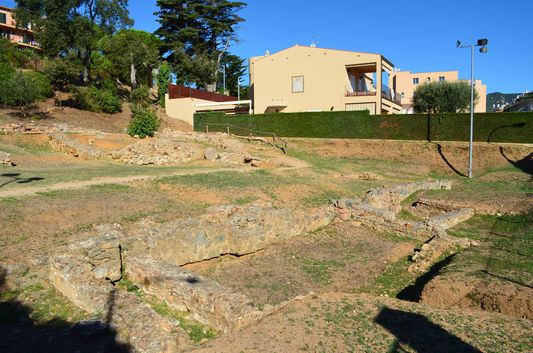

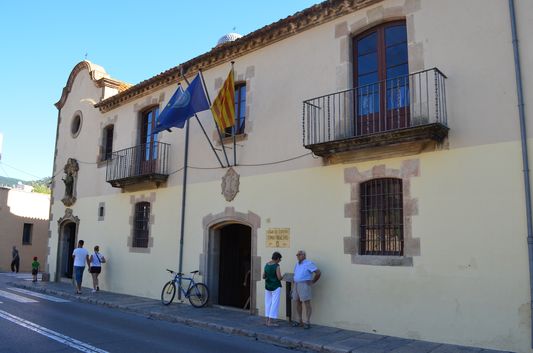
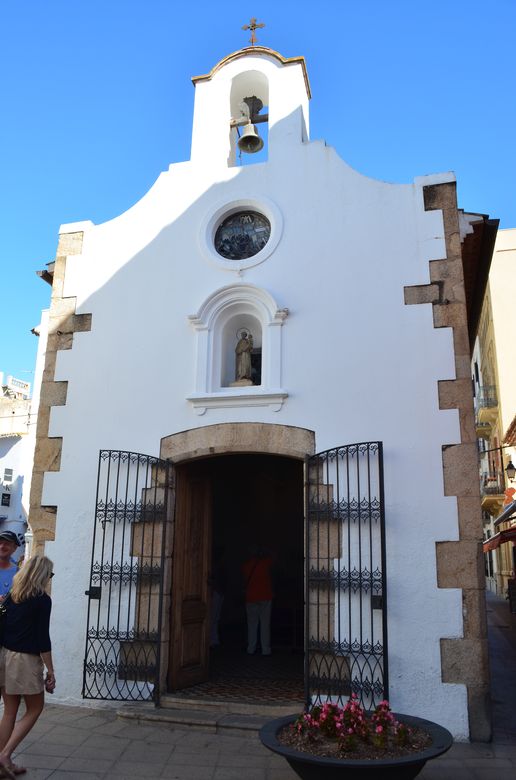
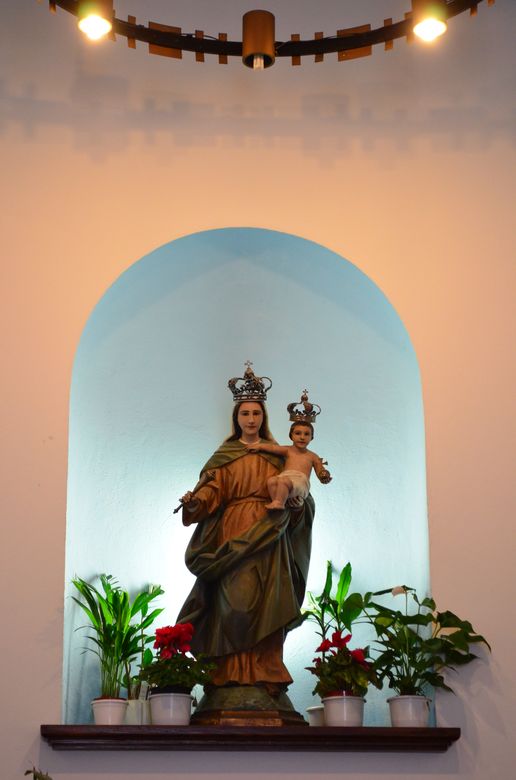
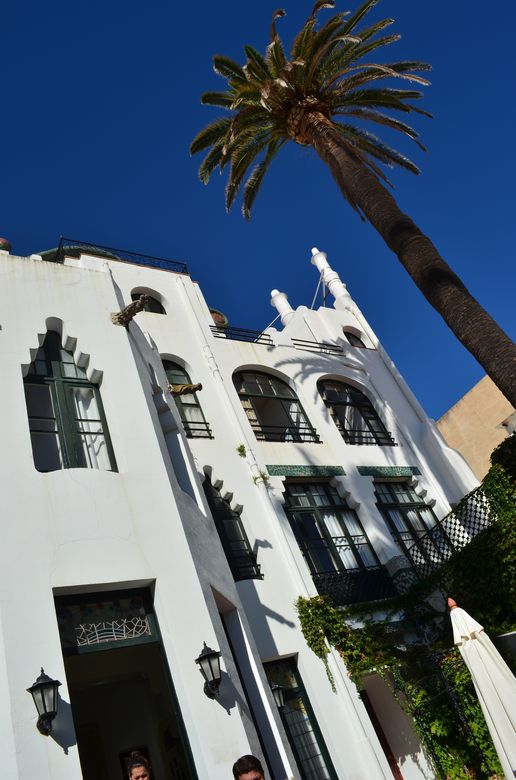
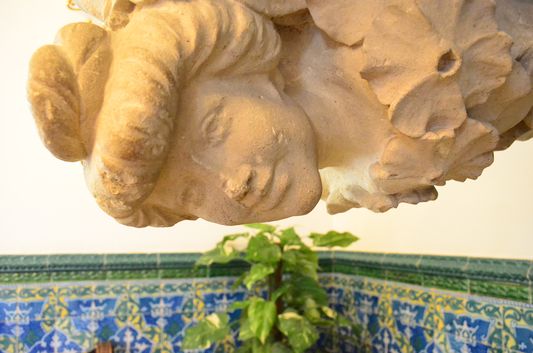
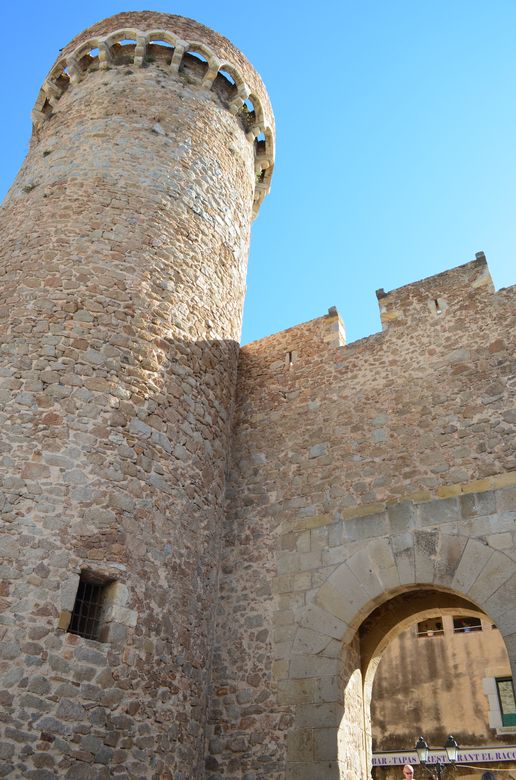
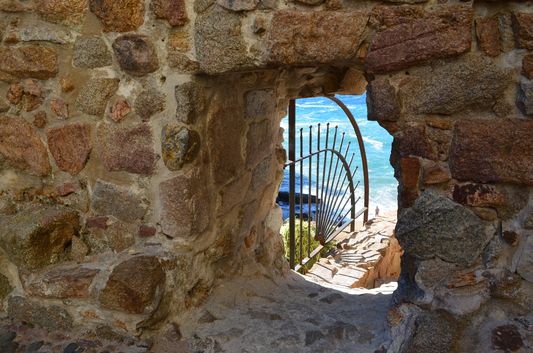
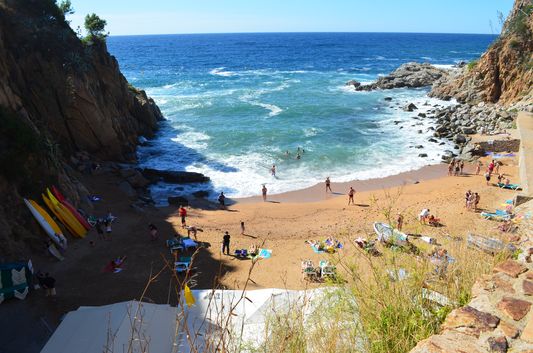

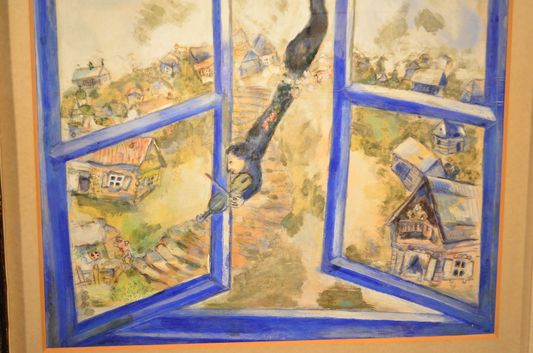

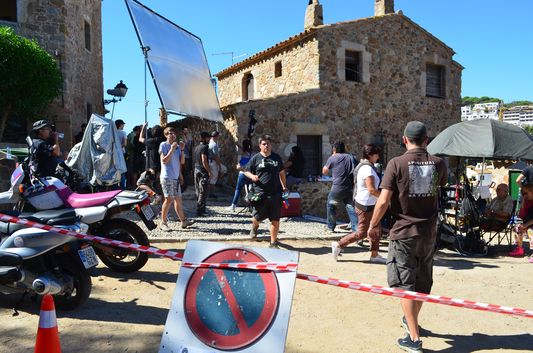

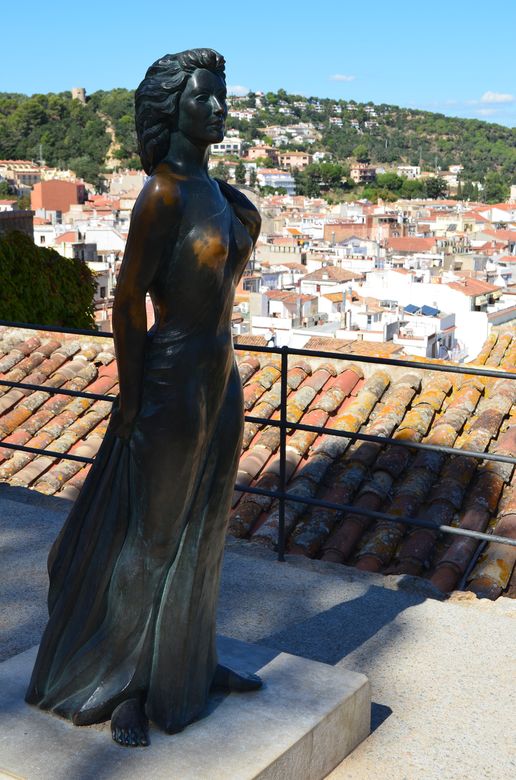
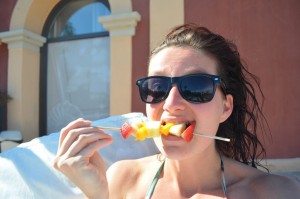
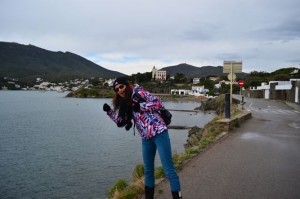
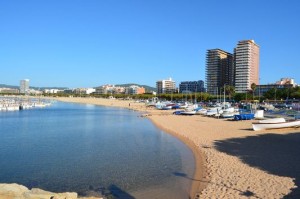
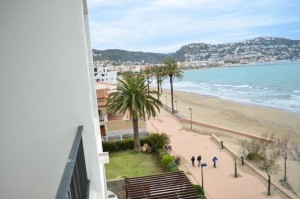
crazy sexy fun traveler
| #
Comment@ LiFE is NOW…™:
You definitely should! Tossa is really one of my favorite places in Spain.
LiFE is NOW...™
| #
Tossa looks fabulous – may have to put it on the LiFE is NOW…Bucket List ;-D for a side trip from Barcelona!
crazy sexy fun traveler
| #
Comment@ Cristina:
Wow, thanks for adding more information about Tossa, Cristina :)
Cristina
| #
I used to live in Tossa! Love the place. Too bad you couldn’t walk around the old town. That street is the most beautiful place in Tossa. Make sure you go back. Diving is pretty neat over there, so if you do go back, save a day to dive.
crazy sexy fun traveler
| #
Comment@ Jo (The Blond):
Thanks, Jo, I never thought of it this way :D
Jo (The Blond)
| #
I love Spanish architecture, especially the lovely little churches. they remind me of western movies :)